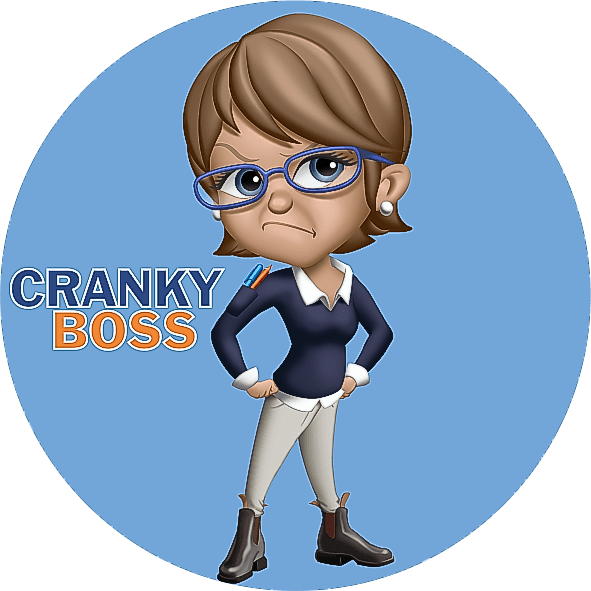The Great Resignation & Quiet Quitters
You will be hearing these terms frequently post covid.
First was the great resignation back in early 2021, and in 2022 the Quiet Quitters started to emerge. So, what’s going on in the workplace?
The Great Resignation & The Big Quit
Also known as the big quit, the great resignation is a term that emerged in early 2021, one year into the Covid Pandemic.
What the Great Resignation Means:
The great resignation is a global phenomenon of people leaving their jobs in record numbers. Why is the great resignation happening, and how can you retain your staff during this tumultuous time as an employer?
When our world was hit with the covid pandemic, it enormously impacted people’s lives. Each person experienced it differently, as everyone has their own different set of circumstances.
In business and workplace, some had to close, which saw millions of people globally lose their livelihoods and jobs, whilst others moved to a remote working style. Some companies had to re-invent themselves to survive, while others experienced increased demand.

Whichever way you look at it, the emotional and physical toll has been enormous. So great that it has forced people to look at their work-life balance and act.
For people who learned to work remotely, it has opened new opportunities to focus on precisely this; a better work-life balance.
Only the amount of time it takes some to commute to work could well be an additional 2 hours saved in their day, which is better spent on their family or social life—both of which are such essential aspects of their mental health and well-being.
Some of these people are now ‘demanding’ to remain working remotely or ‘threatening’ to leave their workplace. With a fragile labour force and unemployment (in Australia at least) at just 3.5%, it seems they may have the upper hand.
For businesses that experienced an increase in demand or sudden surge throughout the pandemic, dealing with challenges such as shortage of staff and supply led to other sorts of problems.
I believe this pandemic bought out the best in some people and the worst in others.
We all saw insane scenes of people being bullied, yelled at, or spat on in their workplaces. Such scenes that, when looked back on, makes most of us shake our head in shame. It was inevitable that those who took the brunt of our frustrations stood up and said enough is enough. They were someone’s employees, someone’s family, someone’s friend. Who could ever forget the scenes at our local supermarkets where staff had to endanger themselves to separate two or three people fighting over toilet paper? Those signs of “treat our staff with respect” were placed in every store that should never have had to be there. Who could ever forget our overworked and burnt-out health workers? The amount of security was hired to protect us from….each other!
Worse, the workforce not only took the brunt of it all, but it appears that very few were appreciated, acknowledged, or even adequately renumerated for it. How could we not end up in a great resignation?
Great Resignation Statistics

Snapshot from the USA 🇺🇸:
People who quit their job during the pandemic:
47.4 million (in comparison to 42.1 million pre pandemic 2019)
People quitting their job (March 2022):
4.5 million
The US Department of Labor – Bureau of Labor Statistics in its recent press release tells us that in July 2022 the rate of quits was little changed (from 4.5 million in March 2022) to 4.2 million (2.7%) respectively.

Snapshot from Australia 🇦🇺:
Also referred to as the “great reshuffle” down under, according to ABS The Australian Bureau of Statistics, during the year ending February 2022:
1.3 million people changed jobs (the highest job mobility rate since 2012). A third (33%) wanted to obtain a better job or just wanted a change.
What you need to do as an employer:
Whilst globally, the number of resignations is staggering, not everyone will resign. There is still a lot of uncertainty in the job market, as we will still feel the effects of the pandemic for years to come, and employees understand this. It may also not be as easy for employees to find a job they are pleased with. Whatever the case, you need to start fine-tuning what you have on offer as an employer. The benefit of being able to retain your current staff is enormous.
You must look at each of your employees individually and discover what they value the most and what their needs are. Remote working (where possible), increase in salary (above award rates) and bonuses all have their advantages. If you cannot increase salaries, then perhaps you could consider an extra paid day off here and there. The idea of a four-day week is also currently trending.
I found a lot of benefits in starting earlier and finishing up the day earlier. I did this to allow our employees to spend more time with their families or to have more time to socialise. For some, it even meant they could find a second part-time job.
There is a lot you can do as an employer to retain your staff and have happy and healthy employees within your organisation. It is the biggest asset your business can have.
Quiet Quitters
Quiet quitters are not quitting their jobs, but some may argue that they may just as well be. “The bare minimum” is what quiet quitters are offering. They are there daily to perform their duties precisely as their job description requires them. Nothing more and nothing less. They will no longer go above and beyond, do the odd task here and there or pick up work when no one else is willing.

Some are even arguing that the term ‘quiet quitters’ shouldn’t exist – because they aren’t quitting something they were never employed to do!
I can assure you; that no employer wants this sort of disengagement. But before you quickly turn to “quiet firing”, you should try and understand what has created this sort of situation. Why have they suddenly “mentally checked out”?
Is it because they feel undervalued? Is it a pay issue? Is there no flexibility? How is their work-life balance? Are they feeling burnt out?
Perhaps ask the question, “What’s in it for them?” Minimum earning wages with no increase on the horizon and high inflation are enough to disillusion anyone.
Open that chain of communication. I believe that there is always room for discussion and negotiations. Sometimes just the acknowledgment is enough, or the fact that you are showing them that you care could appease them.
If you cannot find common ground, then part your ways because no employee deserves to be treated in such a way that they become so disengaged; and on the flip side, no employer should have to carry the weight of a quiet quitter. We need a balance, and I believe it is achievable. If you need to let go of staff, be professional and compassionate; these are some of the best practices for successfully letting go staff.
I have had to deal with two employees who were part of the great resignation and quiet quitters. I swiftly recognised the signs of both wanting to quit and opened up the chain of communication immediately. By doing so i addressed their concerns and resolved their issues and prevented them from leaving.
My idea of running a company always had, first and foremost, the best interests of my team. It was pretty simple for me – if my staff were not happy, my company was not happy. I would move heaven and earth to ensure they were constantly in a good place mentally and fulfilled what they valued the most.
Start that conversation but more importantly, keep it going.
Team building and keeping your team happy are one of the most critical steps in running a successful business. I have it as the number one step as part of my 5-step guide.

